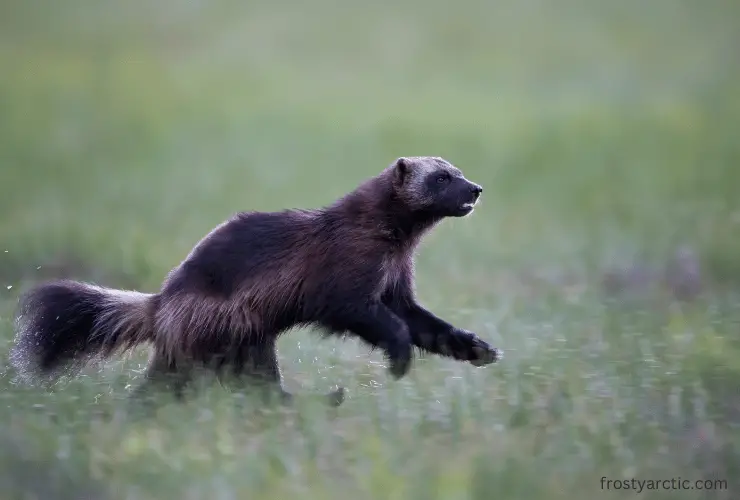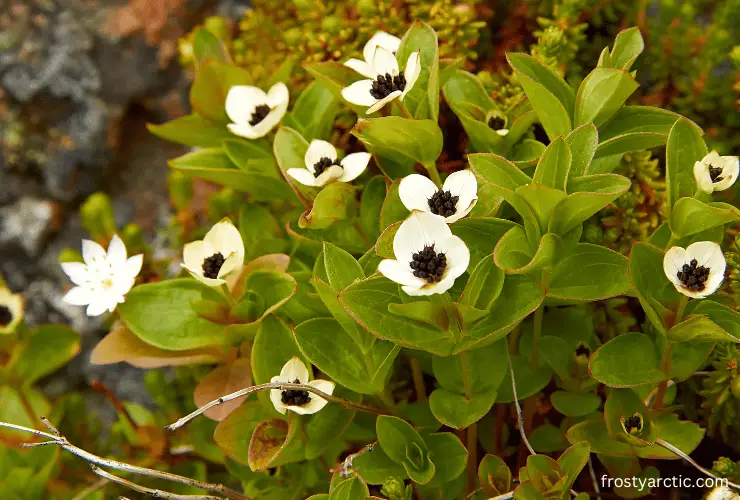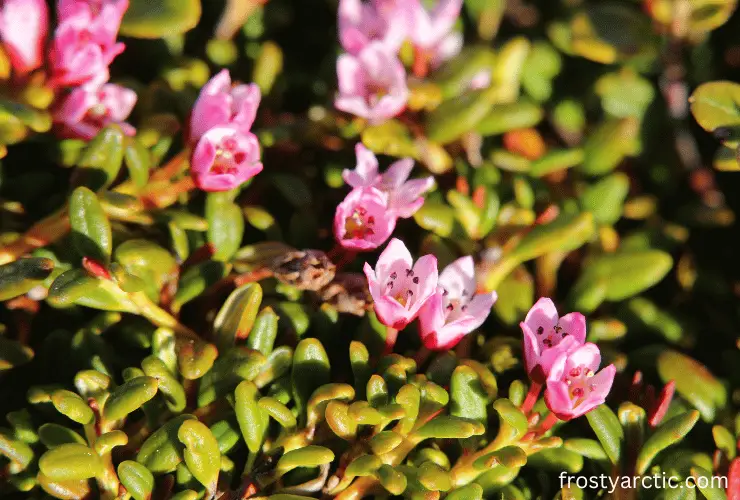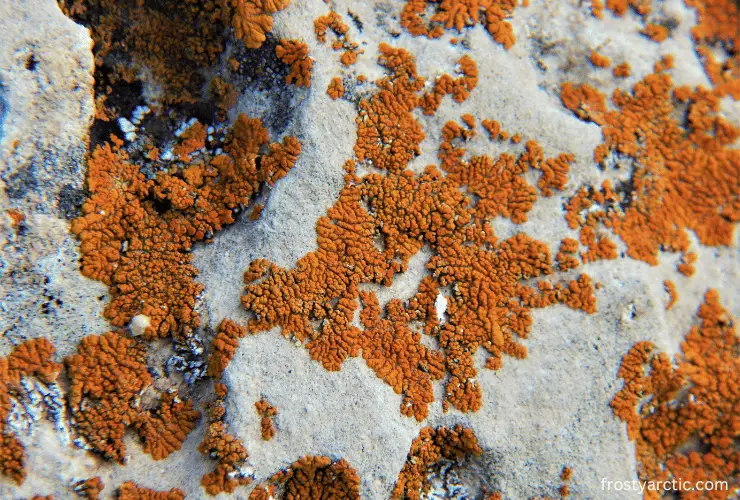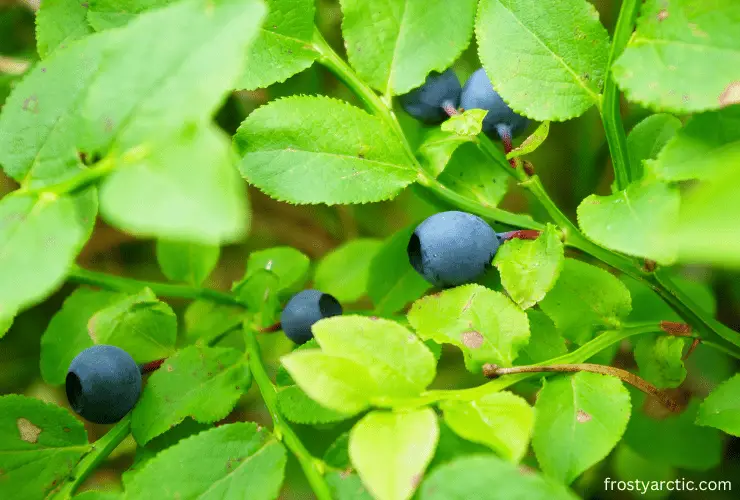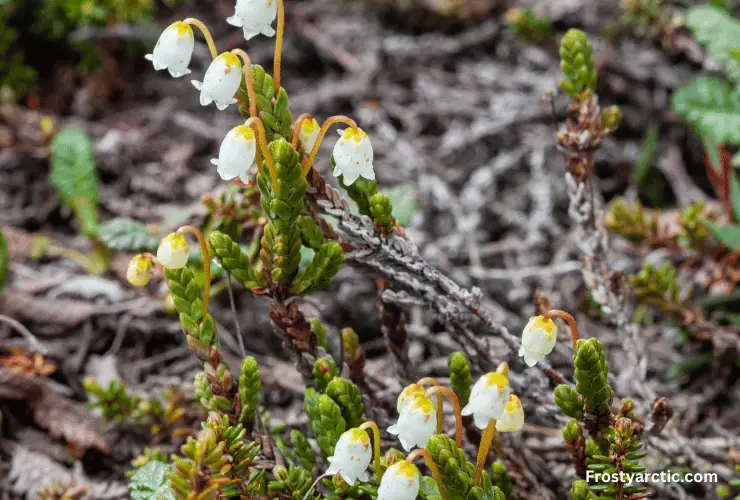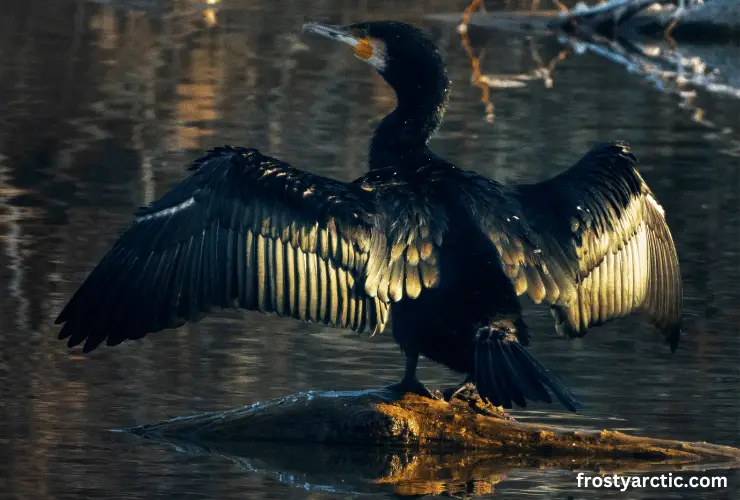How Fast Can Wolverine Run?
Wolverines are so fast that they can easily catch their prey in seconds. The average speed of a mature wolverine is around 30 miles per hour (48 KMPH). The faster wolverines are available in different regions. Usually, Wolverines have two types of speed. They are termed “fast” and “stop”. When they are not running at … Read more

